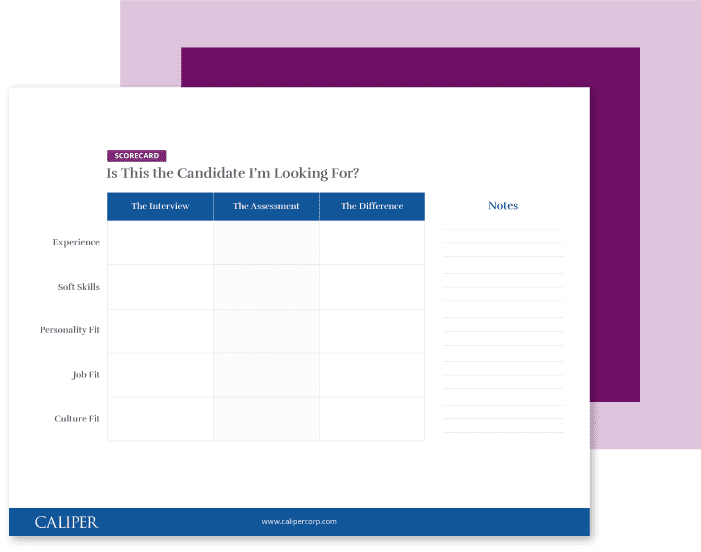Science question: How are people like celestial objects? The more you study them, the more you learn.
The challenge for scientists studying celestial objects is not entirely different from that of business leaders and HR professionals seeking an understanding the talent in the building: With the unaided eye, it’s difficult to get a clear view. What you need are special instruments to bring the important details into focus. Astrophysicists use space telescopes to collect their data. But what can organizations do to identify job-performance potential?
First, a brief, possibly embellished, history of space telescopes:
On April 24, 1990, NASA launched the Hubble Space Telescope to study the stars. Hubble sent pictures down, and everyone went, “Holy crap; outer space is huge.”
Then they said, “You know what? We can see stars and gas clouds with this thing, which is cool and all, but what about planets in other solar systems? Exoplanets are simply too small and dark for a 45-foot-long, workaday space telescope like Hubble to detect.”
That spelled Hubble trouble, folks.
I may be skipping a bit, but then they launched the Kepler Spacecraft on March 7, 2009, at 3 in the morning! The neighbors called the cops, but it was too late. The Kepler was already finding exoplanets.
Then, on April 18, 2018, NASA launched the Transiting Exoplanet Survey Satellite (TESS), which features the most advanced planet-finding tech on the market. Like, you can’t get this stuff at a store. You have to order from a space-telescope website. NASA forgot to turn it on until July 25 (they say that was intentional, but …), and then it finally started taking pictures last month. It already found two planets! Not bad. One of them is 3.5271752 x 1017 miles away, according to my offhand mental calculation.
So what does all that have to do with employee development? Well, how about an even briefer history of hiring people? The first job interview happened about 5000 years ago, give or take. The resume was introduced 500 years ago; that’s it.
We’re still trying to hire and develop people using an innovation from 500 years ago. What did the telescope look like 500 years ago? It didn’t look like anything because it hadn’t been invented yet.
What companies need are tools far more advanced than interviews and resumes for identifying job performance potential, yet which do not cost $50 billion or whatever a space telescope goes for these days. Such a tool would be a data-driven, scientifically validated instrument that can measure people’s intrinsic strengths and limitations in a job context, reliably predict job performance, and serve as a foundation for coaching, development, and career planning.
Such a tool might be called Caliper Essentials™, a report suite that takes the results of a person’s Caliper Profile assessment and presents the data in an easy-to-read, practical format. There would be one report for selection, a second for coaching and development, and a third for the new hire or existing employee to use as a customized personal guide to self-awareness and professional growth.
Well, what do you know? Someone has already gone ahead and invented the Caliper Essentials report suite. I should’ve checked before I started writing this.
It turns out the Caliper’s Essentials assessment is even more valuable and useful than I predicted! Sure, it gives managers and HR people insights into individual performance potential, but the data presented in the report can also support team development and enterprise-wide talent-planning and development initiatives.
For example, an employee who has been assessed by Caliper can be plotted into a Team Roles report that shows managers if people are in the right roles and where there might be gaps on the team. Another option for identifying talent gaps is the Talent Audit report. And for a broader, more interactive view of the internal talent pool, organizations can compare and contrast assessment data using Caliper’s Analytics platform.
One assessment!
Finding out what really motivates candidates and employees is powerful. Not only does such data allow business leaders to make more informed hiring and promotion decisions, it enables more effective coaching and development that, in turn, fosters higher levels of employee engagement. Ultimately, Caliper Essentials reports are about helping your team members realize their performance potential.
You don’t always need space telescopes to see stars. There are plenty right in your office and in your candidate pipeline, just waiting to be discovered.
[Note: Caliper is not affiliated in any way with space telescopes, space programs, space agencies, Plan 9 from Outer Space, or anything that happens outside Earth’s atmosphere.]

